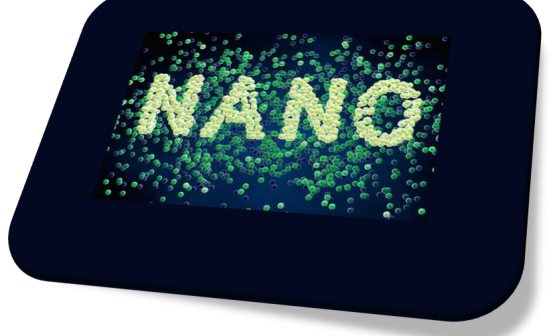April 11, 2017
Sara Blanco
Guest writer
Consumer Resources – Medical
Sponsored
Given the rise of nanotechnology in laboratories and research centers around the world, as well as the increase in the usage of electrospinning machines for nanotechnology and similar equipment, members of the Institute of Physical and Theoretical-Physical Research (Inifta) of La Plata began to study this technology to apply it and address various problems related to health.
“Nanomedicine is presented as a broad and promising field to provide solutions to numerous problems that arise in medicine. Although we are still some distance from its application in patients, the results in the laboratories are very encouraging, “explains Inifta scientist Felix Requejo.
The researcher added: “We develop research that starts with concept tests, a sinuous sequence of tests, tests and validations. We hope that this can be translated some day in new, more efficient and less traumatic treatments, available to the entire population.
In the same sense, the researcher Mónica González points out that “we are working on the use of light for medical purposes with nanomaterials that have the peculiarity that they can be derivatized, that is, they can be attached to other molecules that have affinity for certain parts of the cells, or certain parts of the composition of our tissues.”
“This important quality would allow transporting a drug to the areas of the body that need it punctually without making an invasive route for the organism, as occurs with some therapies currently used, such as chemotherapy,” completes the researcher concludes.
On the other hand, a very important problem in the field of medicine is the growing resistance of bacteria to antibiotics, to such an extent that it is estimated that in three decades deaths, from infections will exceed those caused by cancer.
Consequently, the Institute reported that an interdisciplinary team is working from nanoscience to help find solutions in this field. Dr. Patricia Schilardi highlights: “We are designing coatings for materials that are commonly used in orthopedic and dental implants, which are susceptible to bacterial colonization, and which can eventually cause infections in the body.”
“The contribution of these investigations from the social point of view is important, because a development like this, that could reach the standards of imported materials, would result in lower costs for the health system in general, and in a better quality of life for the patient” says Schilardi.
In that sense, Requejo clarifies that “currently there are two concepts that are discussed in terms of the incorporation of nanotechnology to medicine: one is to improve biocompatibility when a foreign object is incorporated into our body, and use this technique to tend to that there is no rejection, as can happen in a dental implant; and the other is the speed with which the implant is integrated into the body.”
The Inifta has advanced that the nanoscience can be very useful in terms of improving the quality of life of people, and stressed that “there are scientists from the local university that are investigating and making their first contributions.”



